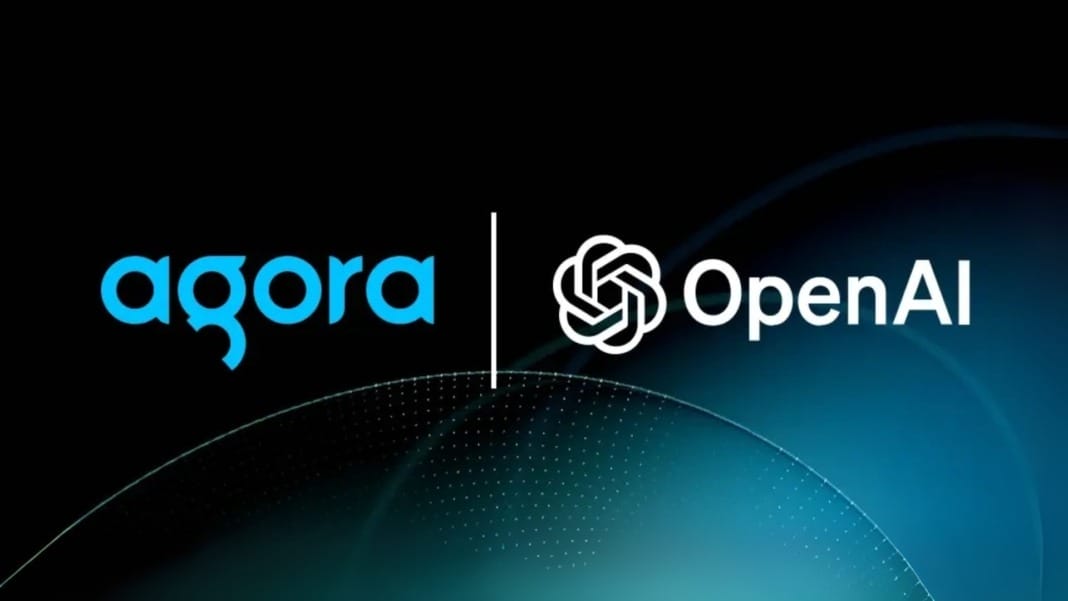Cisco has announced new updates to its Splunk Observability portfolio, introducing agentic AI capabilities designed to give organisations real-time visibility and actionable insights across their digital infrastructure. The launch, unveiled at Splunk’s .conf25 event in Boston, aims to strengthen enterprise resilience by unifying observability across networks, applications and infrastructure.
Patrick Lin, Senior Vice President and General Manager of Splunk Observability, said, “Our mission is clear – to help organisations put AI applications and agents to work, while retaining visibility and control. With the latest innovations in Splunk Observability, we are empowering enterprises to proactively monitor their critical applications and digital services with ease, resolve issues before they escalate, and ensure the value and outcomes they derive from observability are commensurate with the cost.”
The enhanced platform leverages AI-powered agents across the incident response lifecycle, from detection to resolution. By integrating Splunk with other Cisco technologies, customers gain deeper data correlation and visibility, improving system reliability and reducing operational risks.
New agentic AI features
Cisco said the portfolio advances its AgenticOps vision with innovations that automate telemetry collection, alert management and issue resolution. Key features include AI Troubleshooting Agents, which analyse incidents and surface potential root causes, and Event iQ in Splunk IT Service Intelligence (ITSI), which helps reduce alert noise through automated correlation. ITSI Episode Summarisation further supports incident response by providing trend and impact overviews of grouped alerts.
The company also highlighted observability tools tailored for AI-driven environments. These include AI Agent Monitoring to assess the performance, security and cost of large language models (LLMs) and AI agents, and AI Infrastructure Monitoring to detect bottlenecks and spikes in service demand. Both aim to ensure AI systems perform as intended and align with business goals.
Unified experience across digital environments
Cisco is also bringing together Splunk AppDynamics and Splunk Observability Cloud to offer a more integrated approach for IT and engineering teams. The combined solution provides monitoring across traditional three-tier applications, microservices and hybrid environments.
New capabilities include Business Insights in Splunk Observability Cloud, which links application performance to critical business processes such as supply chain flows or loan processing. Digital Experience Analytics offers deeper visibility into user behaviour, while expanded APM support and Session Replay tools are designed to help teams optimise online user journeys.
Integration with Cisco ThousandEyes further connects network performance with end-user experiences, allowing organisations to identify the impact of external domains or regional service issues on customer interactions.
Torsten Volk, Principal Analyst of Application Modernisation at Enterprise Strategy Group, said, “Through the new agentic AI innovations within Splunk Observability, Cisco offers organisations more proactive visibility and actionable insights into both their digital operations and AI system health and performance. These kinds of capabilities are critical as enterprises look to scale AI in a controlled and reliable manner.”
Availability
According to Cisco, features such as AI Troubleshooting Agents, ITSI Episode Summarisation, AI Agent Monitoring, Business Insights, Digital Experience Analytics and Splunk RUM Integration with Cisco ThousandEyes are either available now or entering alpha testing. Other announced innovations are generally available worldwide.
Cisco stated that some features remain in development and timelines may change as updates are finalised.





